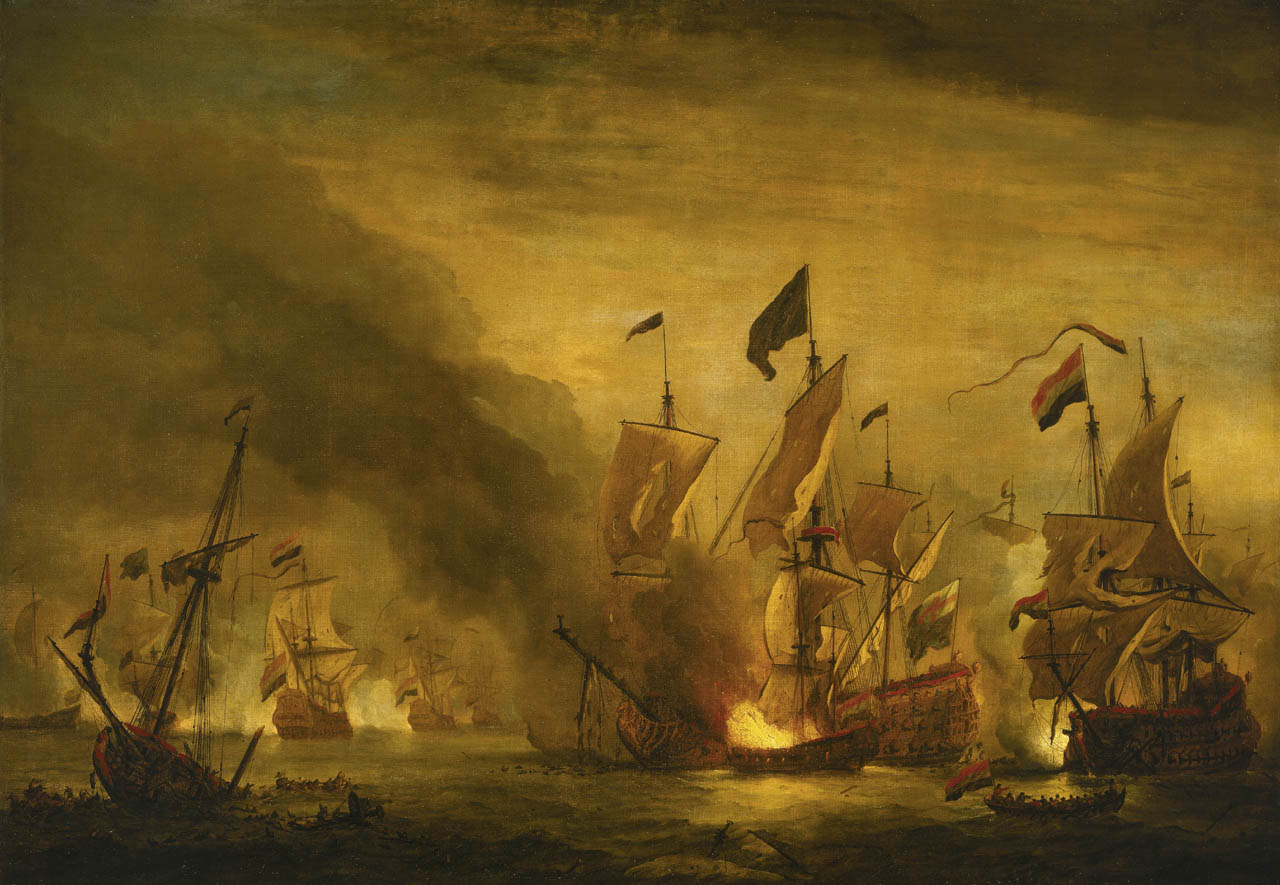There were in fact many Germanic tribes living west of the Rhine. The name Germani cisrhenani I mentioned earlier even suggests that this particular tribe lived west of the Rhine. The definition of everything west of the Rhine being Gaul and everything east of it being Germania was an artificial piece of convenience of Caesar's.
The most prominent Germanic tribe living west of the Rhine were the Treverii, who gave the name to Augusta Treveorum, modern-day Trier, in late antiquity one of the capitals of the Roman Empire.
And actually, there were a good number of Germanic tribes living on the other side (i.e. 'Gaulic') of the Rhine in the modern-day Netherlands in Caesar's time, the Menapi, Eburones, Aduatuci and Nervi being the most prominent ones.
However, I want to make one thing clear. We are talking about the Germanic tribes, not the Germans. That is a profound difference.
The most prominent Germanic tribe living west of the Rhine were the Treverii, who gave the name to Augusta Treveorum, modern-day Trier, in late antiquity one of the capitals of the Roman Empire.
And actually, there were a good number of Germanic tribes living on the other side (i.e. 'Gaulic') of the Rhine in the modern-day Netherlands in Caesar's time, the Menapi, Eburones, Aduatuci and Nervi being the most prominent ones.
However, I want to make one thing clear. We are talking about the Germanic tribes, not the Germans. That is a profound difference.





